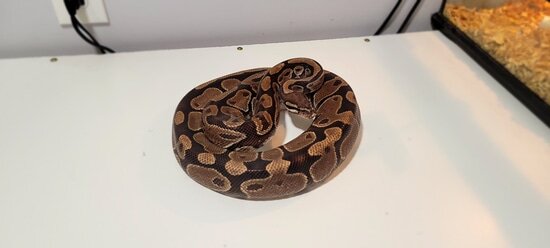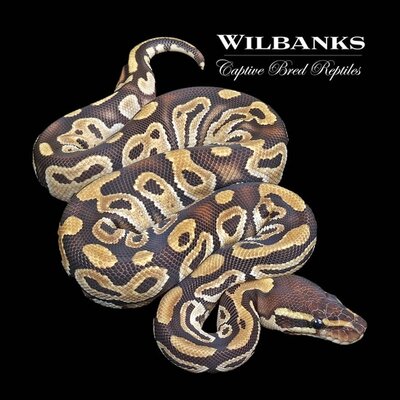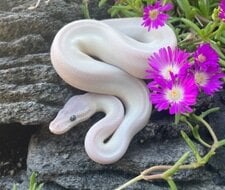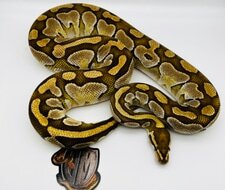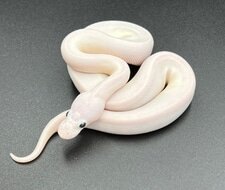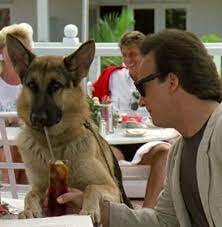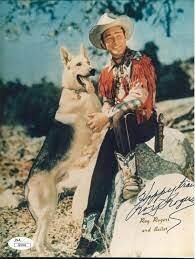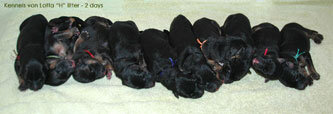Since this is apparently a point of huge interest and more than a little confusion, let’s shine some light.
Generally, people think of genetics like mixing paint. A little of mom, a little of dad, stir it up and baby comes out a mix. Then, in basic biology we learn about Mendel, and Punnet squares, which teach us that genetics is like flipping a coin. A Dominant coin has two Heads, a Recessive has 2 tails and Incomplete Dominant or a Recessive Carrier has a Head and a tail.
So, if Mom flips Ht and Dad flips Ht, their 4 kids are HH, Ht, Ht and tt.
It is easy to learn this lesson and think that’s all there is to it. This is further reinforced by the fact that sometimes, when we are looking at a single, obvious trait, it is. See; blue chickens. But if you want to understand, say, blue-gold duckwing chickens with pearl eyes and yellow legs, well, that starts to seem like a whole handful of coins. It’s worse even than that, so to simplify it as much as possible, let’s define some terms. We’ll be dealing with both color and pattern.
This is a black and TAN dog. Now, in some breeds use the phrase “black and tan” to describe a pattern, but not Shepherds, so to get that thought right out of our heads we’re going to call them “yellow factor dogs”
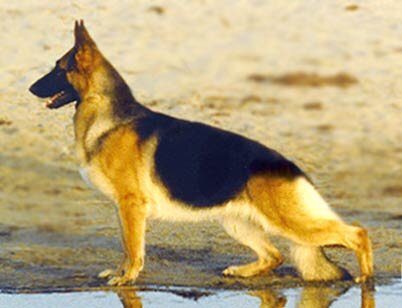
This is a black and RED dog. We will call it a “red factor dog” This dog (astonishingly, to some) is genetically different from a yellow factor dog.
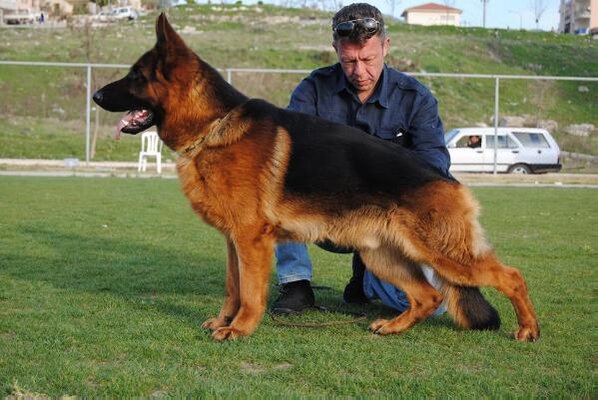
Come on Otter, you’re just being pedantic.
Well, let’s find out. Let’s ask some experts. This image is from the AKC. They seem to think I’m not being pedantic enough, and that the difference between black and; red, tan, cream and silver are ALL important enough to differentiate.
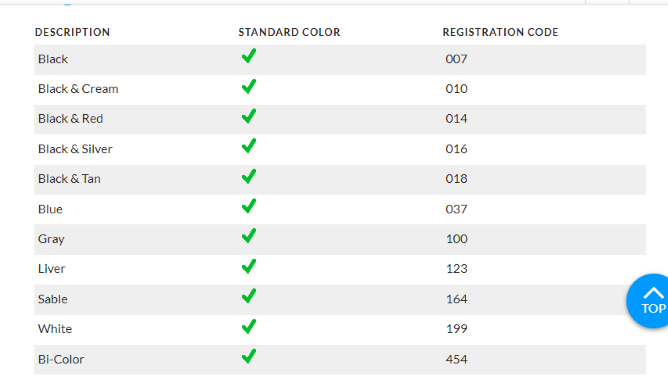
Who would possibly know that??
Well, literally everyone who has ever filled out registration papers for a GSD.
It’s one of the fields you have to fill in. And a person kinda hopes that they wouldn’t guess or lie, but would actually know the difference. So if a person was talking about yellow factor dogs and someone told them they were wrong because of red factor dogs, that someone has either not been paying attention or is purposefully trying to misdirect.
I prefer to believe in Hanlon’s Razor, so let’s assume the former.
Dominance of red, tan, cream and silver go roughly (key word) in that order. Silver dogs may or may not have a gray factor, and they’re past 101, so we’re going to drop them and concentrate on red and yellow factors.
The patterns we will talk about are saddle, blanket and bi-color. A saddle goes like this.
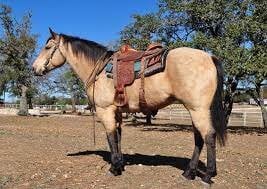
Yeah, that’s a horse, and it’s also EXACTLY what the pattern was named for. Black that goes over the back like a saddle and stops before the hips.
This is a blanket. A blanket covers more of the body than a saddle, and goes over the hips.
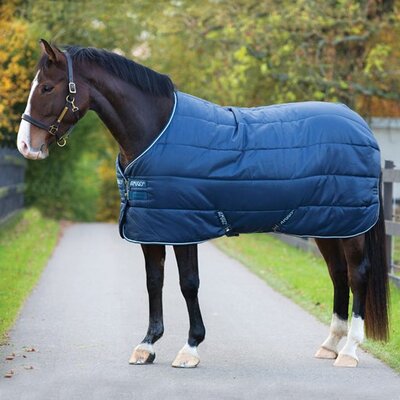
There was some confusion of just what a bi-color dog is. A bi-color can certainly be a black dog with ANY color on it, even just a few freckles on the feet, because if it has any color at all, then it is genetically not black (which is recessive in GSDs). But, to see the standard definition of a bi-color, let’s look at some dogs from a breed that we KNOW are bis, because the entire breed is ONLY bis
That is the sweetest vid. Anyway; Lookit all that red! (it can also be tan, etc) See how it is on the dog’s face, chest, armpits, underside, inner thigh, back of thigh, under the tail? The color can actually come up high enough that, especially on a longer coated dog that already a different undercoat color to confuse the visual even more, it can be hard to visually tell the difference between a highly colored Bi and an extended black blanket.
So, where’s the line? When does a red become a tan become a cream, or a saddle become a blanket?
And that, my loves, is why it is complex genetics.
Because that is a shifting line. To break it into the absolutely simplest (and therefor not the most totally 100% accurate, which would need a LOT more typing than I’m willing to do) beginner lesson, we are going say Yellow factor dogs include tan and cream, what makes the difference is modifiers. Red factor dogs have a different base coat, so modifiers work differently, like drawing with the same markers on different colored paper.
...cont...
Generally, people think of genetics like mixing paint. A little of mom, a little of dad, stir it up and baby comes out a mix. Then, in basic biology we learn about Mendel, and Punnet squares, which teach us that genetics is like flipping a coin. A Dominant coin has two Heads, a Recessive has 2 tails and Incomplete Dominant or a Recessive Carrier has a Head and a tail.
So, if Mom flips Ht and Dad flips Ht, their 4 kids are HH, Ht, Ht and tt.
It is easy to learn this lesson and think that’s all there is to it. This is further reinforced by the fact that sometimes, when we are looking at a single, obvious trait, it is. See; blue chickens. But if you want to understand, say, blue-gold duckwing chickens with pearl eyes and yellow legs, well, that starts to seem like a whole handful of coins. It’s worse even than that, so to simplify it as much as possible, let’s define some terms. We’ll be dealing with both color and pattern.
This is a black and TAN dog. Now, in some breeds use the phrase “black and tan” to describe a pattern, but not Shepherds, so to get that thought right out of our heads we’re going to call them “yellow factor dogs”

This is a black and RED dog. We will call it a “red factor dog” This dog (astonishingly, to some) is genetically different from a yellow factor dog.

Come on Otter, you’re just being pedantic.
Well, let’s find out. Let’s ask some experts. This image is from the AKC. They seem to think I’m not being pedantic enough, and that the difference between black and; red, tan, cream and silver are ALL important enough to differentiate.

Who would possibly know that??
Well, literally everyone who has ever filled out registration papers for a GSD.
It’s one of the fields you have to fill in. And a person kinda hopes that they wouldn’t guess or lie, but would actually know the difference. So if a person was talking about yellow factor dogs and someone told them they were wrong because of red factor dogs, that someone has either not been paying attention or is purposefully trying to misdirect.
I prefer to believe in Hanlon’s Razor, so let’s assume the former.
Dominance of red, tan, cream and silver go roughly (key word) in that order. Silver dogs may or may not have a gray factor, and they’re past 101, so we’re going to drop them and concentrate on red and yellow factors.
The patterns we will talk about are saddle, blanket and bi-color. A saddle goes like this.

Yeah, that’s a horse, and it’s also EXACTLY what the pattern was named for. Black that goes over the back like a saddle and stops before the hips.
This is a blanket. A blanket covers more of the body than a saddle, and goes over the hips.

There was some confusion of just what a bi-color dog is. A bi-color can certainly be a black dog with ANY color on it, even just a few freckles on the feet, because if it has any color at all, then it is genetically not black (which is recessive in GSDs). But, to see the standard definition of a bi-color, let’s look at some dogs from a breed that we KNOW are bis, because the entire breed is ONLY bis
So, where’s the line? When does a red become a tan become a cream, or a saddle become a blanket?
And that, my loves, is why it is complex genetics.
Because that is a shifting line. To break it into the absolutely simplest (and therefor not the most totally 100% accurate, which would need a LOT more typing than I’m willing to do) beginner lesson, we are going say Yellow factor dogs include tan and cream, what makes the difference is modifiers. Red factor dogs have a different base coat, so modifiers work differently, like drawing with the same markers on different colored paper.
...cont...
Last edited:

